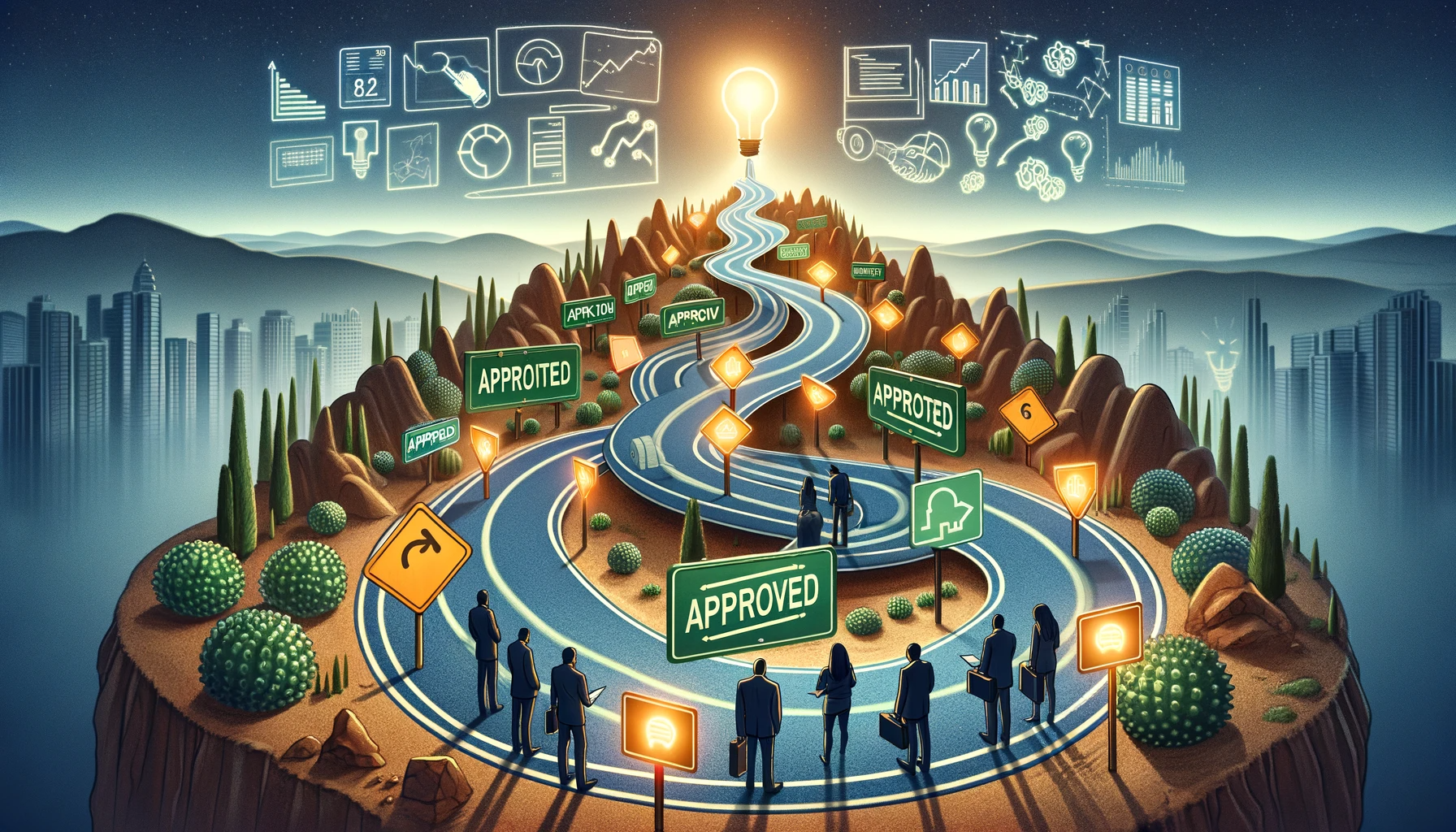The Potential Impact of Reassessing EIC Accelerator 8/9 Rejections
Unlocking Opportunities: A Second Chance for Europe’s Startups and SMEs In the dynamic landscape of European startups and Small and Medium-Sized Enterprises (SMEs), securing funding and support is a critical step towards innovation and growth. The European Innovation Council (EIC) Accelerator program stands as a beacon of hope, offering blended financing up to €17.5 million, including a €2.5 million grant and €15 million in equity financing. This program is a game-changer for many startups, yet the stringent evaluation process often leaves promising projects at the doorstep of opportunity. The Current Scenario: A High Bar for Success Under the current EIC Accelerator framework, applicants must undergo a rigorous three-step evaluation process. Step 2 of this process, a long application review, requires unanimous approval from all three evaluators for an application to proceed to Step 3, the interview stage. This high threshold, while maintaining a standard of excellence, can sometimes sideline innovative projects due to a single evaluator’s dissent. Proposed Change: The Fourth Evaluator System Imagine a scenario where applications that nearly pass Step 2 with an 8/9 score are given a second chance. A system where these applications are reassessed by a fourth evaluator could be transformative. This approach is not just about giving applicants a second chance; it’s about refining the ecosystem’s ability to recognize and nurture potential. Benefits of the Fourth Evaluator Approach Increased Fairness and Objectivity: A fourth evaluator can offset any potential bias or oversight, ensuring that a single dissenting opinion doesn’t disproportionately impact an application’s fate. Encouraging Innovation and Diversity: This system could embolden a wider range of startups and SMEs to apply, knowing that their innovative ideas have a fair shot at being reassessed. Boosting Step 3 Interview Attendees: The reassessment could result in more applicants reaching the crucial interview stage, thereby increasing the chances of deserving projects receiving funding. Aligning with EIC’s Vision: The European Innovation Council aims to foster innovation across Europe. This proposed change aligns with this vision, ensuring that groundbreaking ideas aren’t prematurely dismissed. Challenges and Considerations While this approach has its merits, implementing it requires careful consideration. The criteria for reassessment, the selection of the fourth evaluator, and ensuring the consistency of evaluations are crucial factors that need to be addressed. Conclusion The proposal to introduce a fourth evaluator for reassessing near-successful EIC Accelerator applications represents a potential paradigm shift in the European startup funding landscape. By providing a second chance to borderline cases, this system could enhance the fairness, diversity, and innovation in the projects that receive EIC support. Such a change could signal a new era of opportunity for Europe’s brightest minds and boldest ideas.











